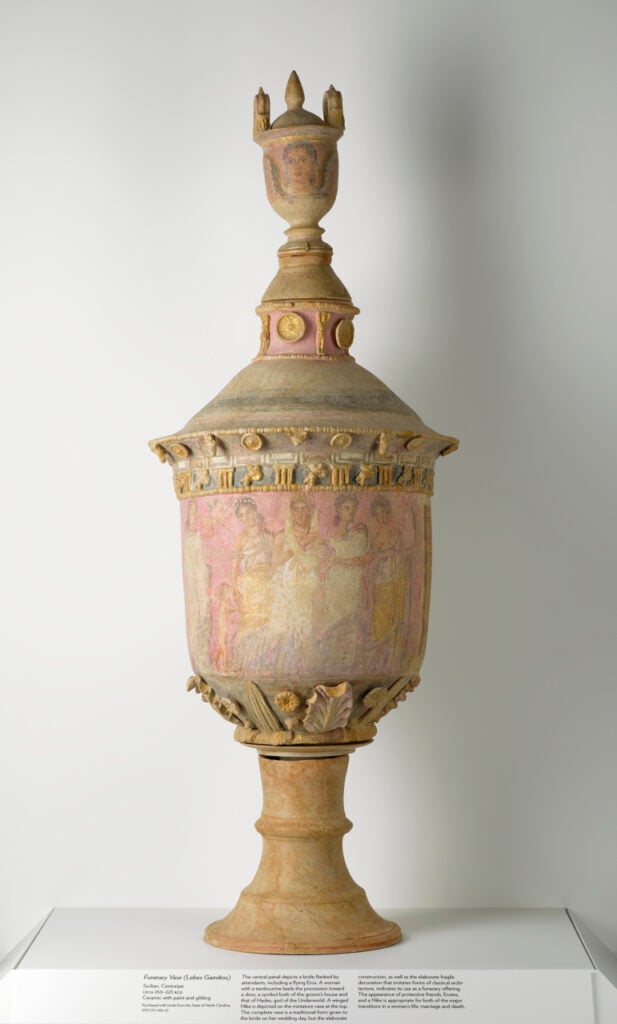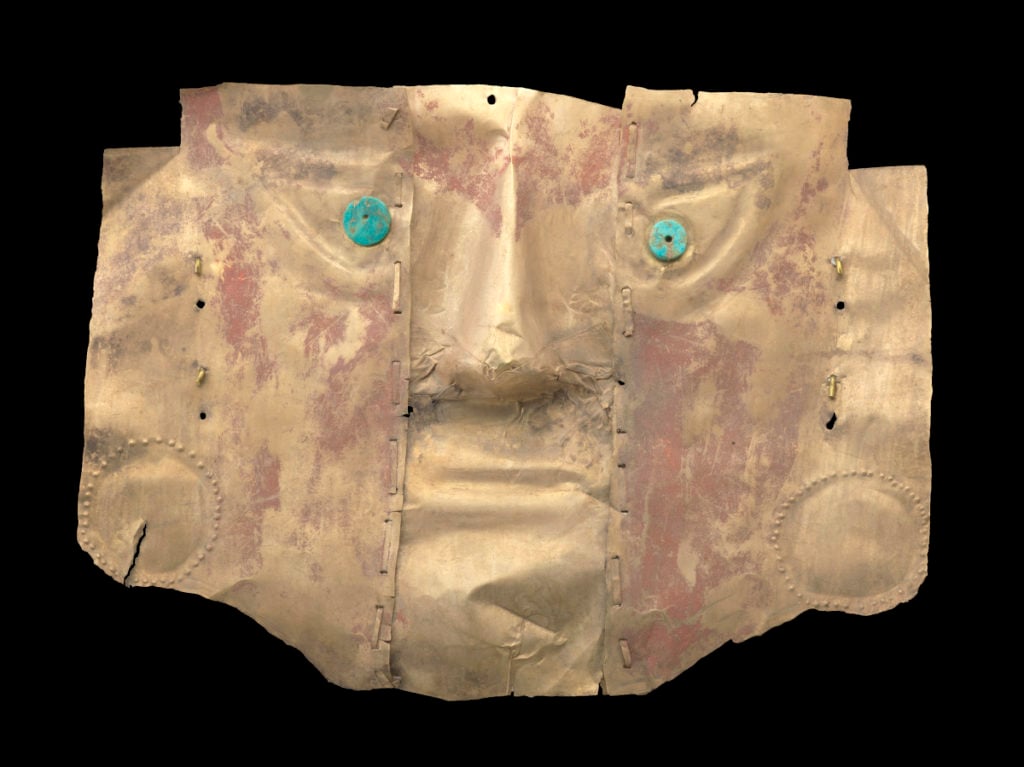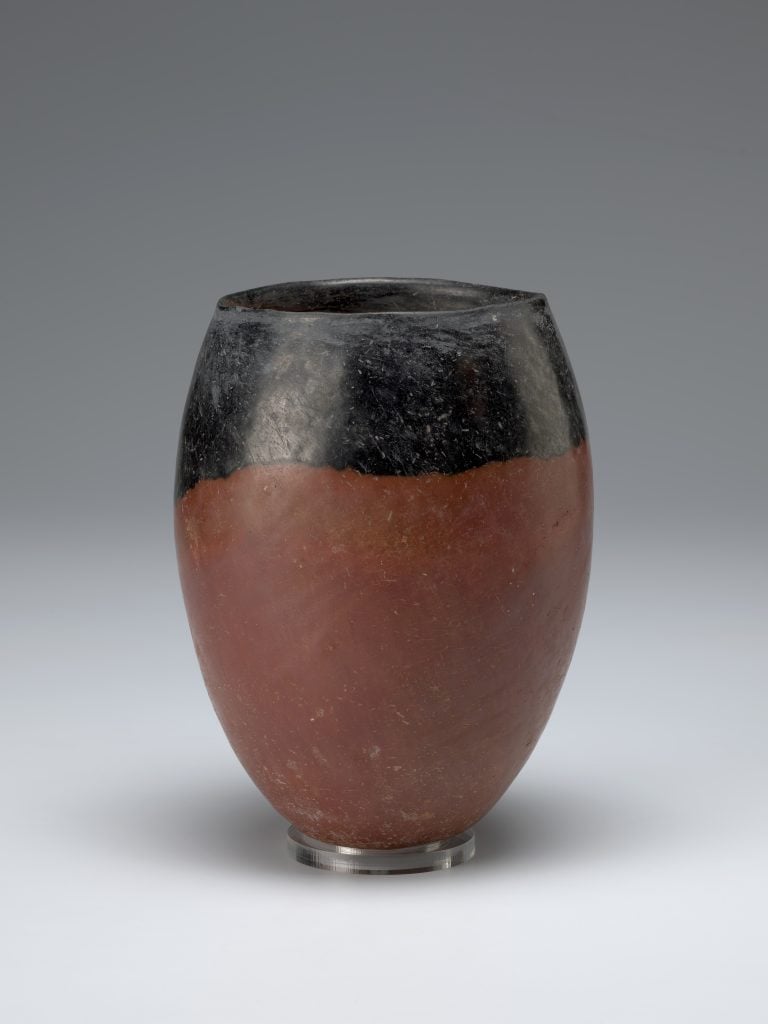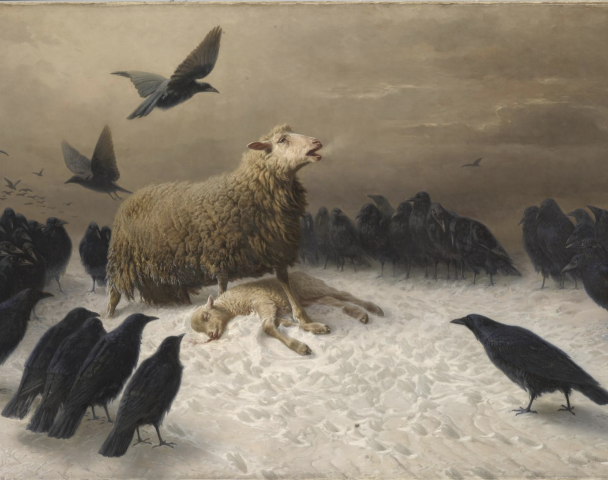Art & Exhibitions
A New Show Traces the Ancient History of the Color Red
The hue has been in use for more than two million years.

In sites stretching from Beijing, China, to Altamira, Spain, archaeologists have turned up remains of red clay dating back to ancient times, indicating how the color’s use—and significance—has endured for eons. Where hunter-gatherers used it to daub their cave drawings, ancient Romans used a blood-red to decorate their military gear and Renaissance painters favored a deep vermillion. Today, the ubiquity of the shade is such that it continues to be deployed across art and objects as a means to express emotions ranging from anger to passion.
“Seeing Red” at the North Carolina Museum of Art brings together art and artifacts to explore what red in all its shades has meant to artisans and cultures across time.
“Humans have been using red pigments and dyes for almost two million years,” said Perry Hurt, the museum’s director of conservation. “Red ochre, a natural mineral pigment, is the first colored substance associated with humans and frequently found in archaeological contexts throughout human history and on nearly every continent.”

A Peruvian funerary mask from circa 1000–1534 C.E. Photo courtesy of North Carolina Museum of Art
In fact, Hurt pointed out that the oldest human-made artifact is a lump of red ochre, discovered in South Africa’s Blombos Cave, which dates back some 100,000 years old. Ancient cave paintings across Asia and Australia, as well as those in France’s famed Lascaux complex, are dominated by the pigment.
Typically, red dyes, which are usually created with plant and animal matter, don’t survive well in archeological settings (though the oldest specimen of the Neolithic kermes dye has recently turned up in Israel). The objects gathered at “Seeing Red,” then, have had their hues preserved against all odds.

John Sabraw Chroma Iron Dragon (2024). Photo courtesy of North Carolina Museum of Art
Tracing back more than 5,000 years, the show includes artifacts including a Cypriot head of a god or priest from around 450 to 425 B.C.E, and an ancient Peruvian funerary mask. The oldest item in the exhibition is an ancient Egyptian jar from 4000 to 3500 B.C.E., its red surface weathered yet still bearing a rich tint.
The most recent artwork in the exhibit is John Sabraw’s Chroma Iron Dragon (2024), an abstraction “that draws much of its power from red,” in Hurt’s words.

A black-topped red jar made by an unknown Egyptian artist circa 4000–3500 B.C.E. Photo courtesy of North Carolina Museum of Art
Hurt observed that red has meant different things to different people at different times, but the most common theme that unites them all, he said, is “importance.”
“If there is a single red association that approaches the universal, it would be blood, and by extension life, death, and the spirit world or supernatural. ‘Importance’ and associations with blood often appear in the oldest surviving artworks,” he said. “Danger, love, luck, leadership, and authority are also often represented by red in various contexts.”

Cornelis de Vos. King Philip IV of Spain (1635). Photo courtesy of North Carolina Museum of Art
“Ancient people saw power in red materials like red ochre and cinnabar. In some cases, the red pigment was apparently literally believed to have ‘life force’ that animated an artwork,” Hurt said. “In the 20th century, some artists attempted to use color for its expressive possibilities alone, abstractly, removing any context, for example Kandinsky, Albers, and Mondrian.”
“Seeing Red” is on view at the North Carolina Museum of Art, 2110 Blue Ridge Road, Raleigh, through December 2025.





